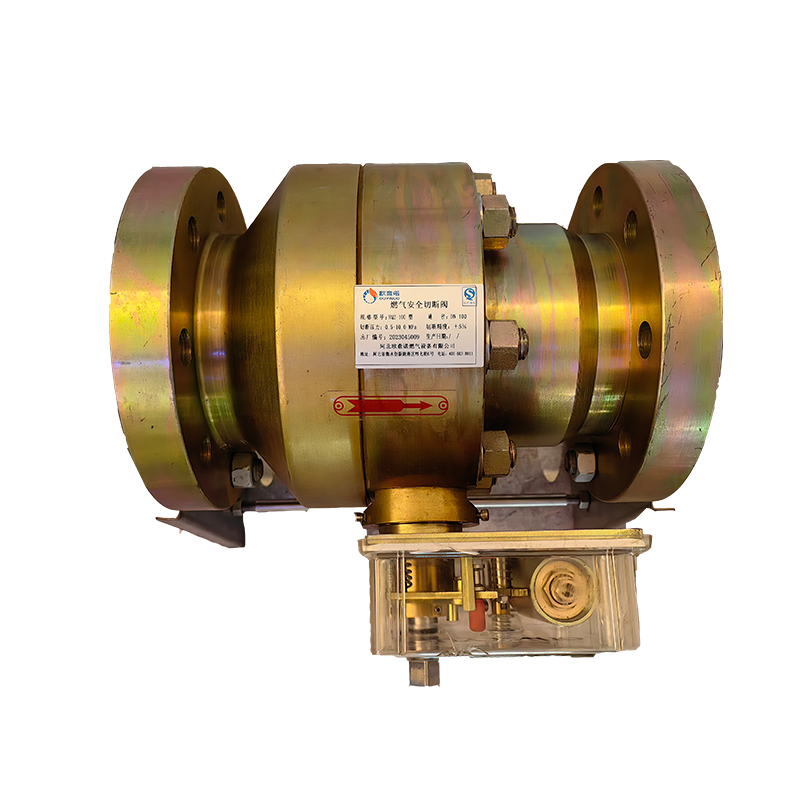
Nov . 07, 2024 17:38
Back to list
Design and Functionality of Pressure Regulation Systems in Industrial Applications
Pressure Reducing Devices Enhancing Safety and Efficiency in Fluid Systems
Pressure reducing devices are essential components in various industrial applications, playing a crucial role in the management of fluid systems. These devices, often referred to as pressure regulators or pressure relief valves, are designed to maintain a predetermined outlet pressure, regardless of fluctuations in the input pressure. Understanding the purpose, mechanism, and applications of these devices helps in appreciating their importance in ensuring operational safety and efficiency.
The Purpose of Pressure Reducing Devices
The primary goal of pressure reducing devices is to regulate and stabilize the pressure of fluids, such as gases or liquids, within a system. High-pressure fluids can pose significant hazards, including equipment damage, leaks, and even catastrophic failures. By employing pressure reducing devices, industries can mitigate these risks, enhancing both operational safety and efficiency.
Moreover, maintaining consistent pressure is critical for the functionality of various equipment and processes. Many industrial operations, such as chemical processing, water treatment, and HVAC systems, operate within specific pressure ranges. Deviations from these parameters can lead to suboptimal performance and increased wear on machinery. Plant operators rely on pressure reducing devices to ensure stable conditions for optimal output.
Mechanism of Action
Pressure reducing devices operate through various mechanisms, each designed to respond to changes in pressure effectively
. The most common types include spring-loaded regulators and pilot-operated regulators.1. Spring-Loaded Regulators These are mechanical devices that utilize a spring to control the flow of fluid. As the upstream pressure increases, it pushes against a diaphragm connected to the spring. When the upstream pressure exceeds a set point, the diaphragm compresses, thereby reducing the flow until the desired downstream pressure is achieved. This simple yet effective mechanism is widely used due to its reliability and ease of maintenance.
2. Pilot-Operated Regulators These devices are often used in applications requiring high flow rates and more precise control of outlet pressure. They utilize a secondary, smaller regulator (the pilot) to control the main valve. When the outlet pressure rises above the setpoint, the pilot valve adjusts to decrease the flow, thus stabilizing the primary outlet pressure. This two-tiered approach allows for greater responsiveness and efficiency, making pilot-operated regulators suitable for complex industrial processes.
pressure reducing device

Applications Across Industries
Pressure reducing devices find applicability in numerous sectors, including but not limited to
- Oil and Gas In the oil and gas industry, maintaining pressure is vital for safe exploration and production. Pressure regulators are used in drilling operations, gas transmission systems, and storage facilities to protect equipment and ensure efficient operations.
- Water Supply and Treatment Water distribution systems utilize pressure reducing valves to maintain adequate pressure levels while preventing damage to pipes and fixtures. In water treatment plants, these devices help in controlling operating pressures during the treatment process.
- Manufacturing Various manufacturing processes, especially those involving pneumatic systems, rely on pressure reducing devices to maintain consistent pressure for equipment like compressors and conveyors. This reliability directly influences product quality and production rates.
- Medical Applications In the medical field, pressure regulating devices are seen in gas delivery systems, such as oxygen supplies for patients. These devices ensure that life-supporting gases are delivered at safe and precise pressures, crucial for patient safety.
Conclusion
In conclusion, pressure reducing devices are indispensable for the safe and efficient operation of fluid systems across multiple industries. By regulating fluid pressure, these devices play a crucial role in protecting equipment, ensuring smooth operational processes, and enhancing overall system reliability. As technology advances, the development of more sophisticated pressure management solutions continues to improve safety standards and operational efficiency, underscoring the importance of these vital components in modern industrial applications. Understanding their function and significance not only aids in system design but also ensures optimal performance and safety in fluid management.
Latest news
-
Safety Valve Spring-Loaded Design Overpressure ProtectionNewsJul.25,2025
-
Precision Voltage Regulator AC5 Accuracy Grade PerformanceNewsJul.25,2025
-
Natural Gas Pressure Regulating Skid Industrial Pipeline ApplicationsNewsJul.25,2025
-
Natural Gas Filter Stainless Steel Mesh Element DesignNewsJul.25,2025
-
Gas Pressure Regulator Valve Direct-Acting Spring-Loaded DesignNewsJul.25,2025
-
Decompression Equipment Multi-Stage Heat Exchange System DesignNewsJul.25,2025

